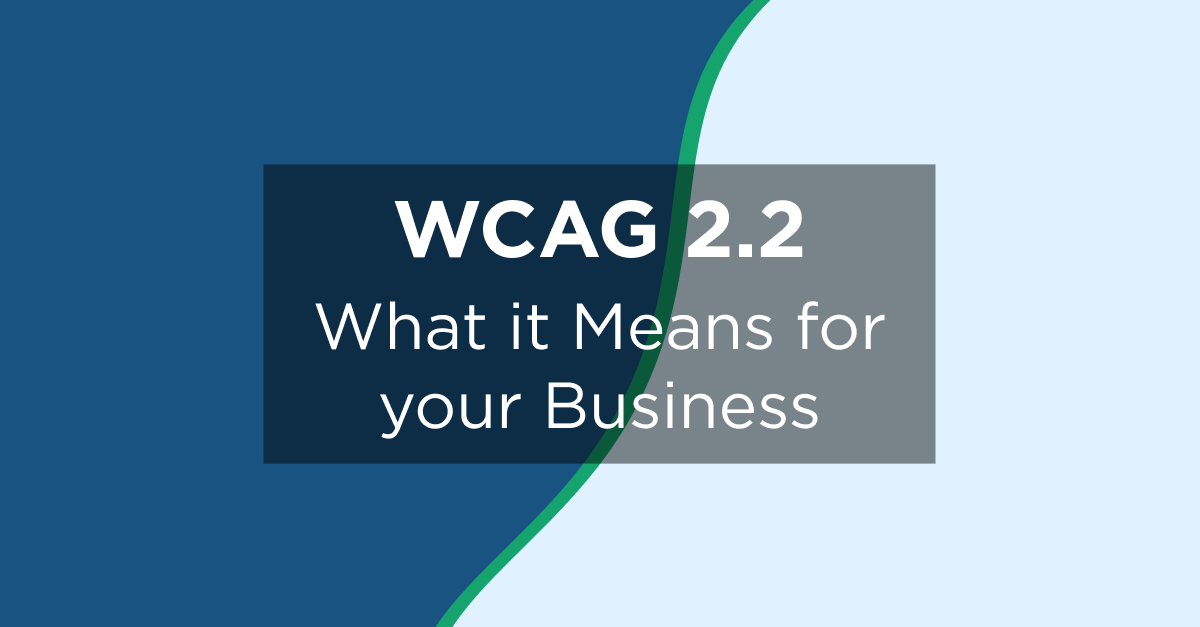Over the past few decades the way in which we plan, search, book, and purchase travel has shifted dramatically. Thanks in large part to the expansion of the internet, the smart phone and social media, traveler’s are turning to websites and apps to research and book their trips. In response, travel and tourism brands are delivering increasingly innovative digital experiences that allow customers to quickly and easily accomplish travel related tasks, where and when they want. However, one demographic has yet to benefit from the incredible speed and convenience of today's web and app experiences in travel: passengers living with disabilities.
Change is coming, slowly, but surely
It was recently reported that the U.S. Department of Transportation (DOT) has contracted agreements with Alaska Airlines/Virgin America and Spirit Airlines to expand the availability of accessible airport kiosks. After self-reporting their temporary inability to comply with WCAG guidelines the following agreements were made: Spirit is required to make at least 50% of its kiosks in the US accessible no later than December 31st, 2017 and Alaska Airlines/Virgin America is required to make at least 50% of its kiosks in the US accessible by December 31, 2019.
While kiosk accessibility has been a major focus of the DOT, websites and mobile apps are also largely in the scope of this initiative. Recently, the DOT made an agreement with All Nippon Airways, the largest airline in Japan, to make their mobile website fully accessible no later than November 2018.
Legal pressure continues to grow, but it's the social imperative and economic opportunity that should be the main drivers for companies to assess their digital experiences and work towards delivering fully inclusive websites and apps.
What does accessible travel mean for your business and customers?
The demographic of people that require accessibility accommodations is larger than most think, and always growing. According to Amadeus, by 2050, 20% of the world's population will have some accessibility need. Moreover, disabled customers in the US and EU currently represent a $70 billion spending market. Companies can no longer choose to put this initiative on the back-burner, unless they are prepared to lose customers to competitor sites and apps that are more accessible.
The clear economic opportunity provides intriguing incentive, but the social imperative holds much more stake in the game. Simon Darcy, Professor of Social Inclusion at Centre for Business and Social Innovation, UTS Business School states, “Accessible travel enables people with access requirements, including mobility, vision, hearing and cognitive dimensions of access, to function independently, with equity and dignity through the delivery of universally designed tourism products, services and environments.”
“We don’t want anything special, just to travel like anyone else.”
-traveler from Amadeus, Voyage of Discovery Report.
Despite the legal pressure, business advantage and social responsibility of catering to all customers, regardless of abilities, brands are still not doing enough.
Where do travel brands (continually) fall short in addressing online accessibility?
Understanding the frustrations and barriers customers experience is the first step in shifting the mindset of decision makers and emphasizing the importance of digital inclusion. In their recently published report, Voyage of Discovery: Working towards inclusive and accessible travel for all, Amadeus found that just under 50% of customers, who have accessibility needs, claimed the booking and planning phase of their trip as the most problematic due to non-accessible websites; and that 17% found the checkout process the most problematic.
For someone living with a disability, having to maneuver between travel sites in order to find one that allows them to simply navigate the booking flow becomes stressful, time-consuming and frankly, something the rest of the population takes for granted. It's the fully accessible travel sites and apps that will gain loyal customers, in passengers with disabilities, by designing with inclusivity in mind.
Regardless of how you choose to confront this challenge, it's an issue that needs to be addressed on-going. Learn more about the frustrations of inaccessible travel sites from the perspectives of two real users in this short video: Online Travel Booking: Frustrations with Accessibility.

![Digital Accessibility in Travel is Not a Luxury [Blog]](https://blog.usablenet.com/hubfs/digital%20travel%20image.jpg)



![Web Accessibility Statement: How to Write One [With Examples]](https://blog.usablenet.com/hubfs/188b2e520d5ec29abbb2f6.webp)

